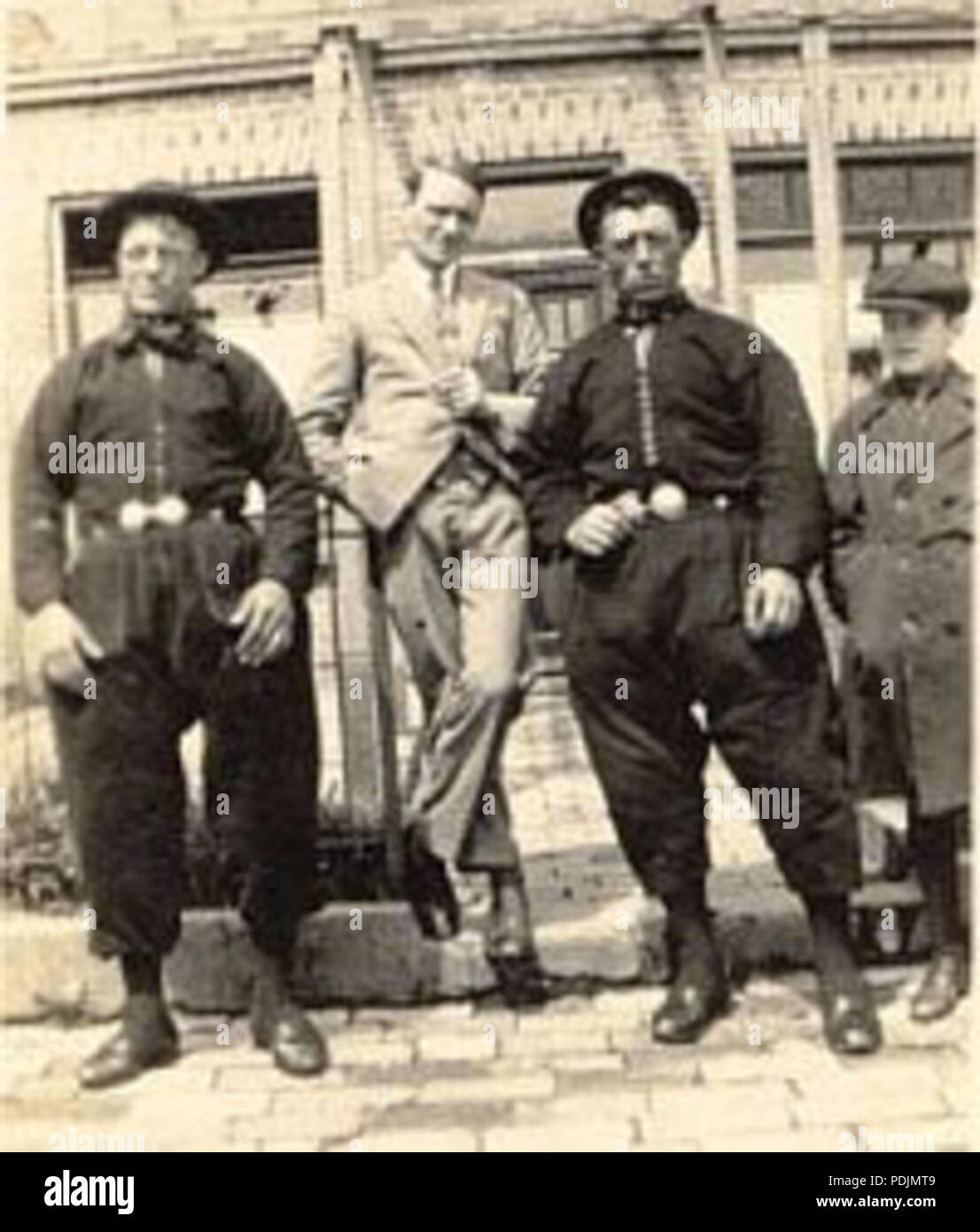

Van der Veen avoided capture until the next year, when he too was arrested and shot.Īmong those executed was Sjoerd Bakker (1915–1943), a tailor, cutter, and fashion designer. Two others were deported to the Dachau concentration camp near Munich, which they survived. Handcuffed and without blindfolds, they faced a firing squad using submachine guns. Two weeks later, on July 1, they were taken to a site on the Overveense dunes. 12 received the death penalty on June 18, 1943. The men were quickly captured, betrayed by an anonymous source.
#WILLEM ARONDEUS ARCHIVE#
Unfortunately, they had not incinerated the entire archive of some 5,000,000 records. They also upended filing cabinets and scattered contents, making surviving documents unusable for weeks. The group managed to destroy 800,000 identity cards thousands more, smoke damaged and water damaged, now were mostly unreadable. Although they badly damaged the building, it was not completely destroyed. Their plan, as daring as it was dangerous, was only partially successful. The solution: destroy the records in the building by blowing it up. Finding more and more counterfeit documents, the Nazis were doing exactly that, making the bureau’s existence a serious obstacle to rescuing the persecuted. When he realized that appeals were not enough, he joined the sculptor Gerrit van der Veen to form the Raad van Verzet (Resistance Council), forging identity cards to protect Amsterdam’s Jewish community from deportation to concentration camps.Īrondeus and his colleagues soon discovered there was a serious problem with their forgeries: they could easily be proved false when compared to the information files in the Municipal Public Records Office. By the time it appeared 1941, he was deeply involved with the Dutch resistance movement against the Nazis.Īt first he produced and distributed several underground publications, urging all citizens to resist the fascist occupation of the Netherlands and calling for a mass movement to defy it. He published two novels a biography of the Dutch Pre-Raphaelite painter Matthijs Maris, who fought to defend the radical Paris Commune in 1871 and a history, Figures and Problems of Monumental Painting in the Netherlands.

They met in 1933 in Apeldoorn, moved to Amsterdam, and lived openly together as a couple until the beginning of the war, when Arondeus sent him back to Apeldoorn for his safety.įreida Belinfante, left, and Henriette Bosmansĭuring his time with Tijssen, Arondeus turned from art to literature. His great joy of life, however, was Jan Tijssen, the son of a greengrocer. Occasionally he won commissions for important works, including a mural for the Rotterdam town hall, but mostly he struggled for the next 20 years. He left home soon after, essentially ending all contact with his family. Although same-sex intimacy had been legal in the Netherlands since 1811, they were not pleased. One of six children, he was 17 when he told his parents about his homosexuality. Leading the group that night was Willem Arondeus (1894–1943), an openly gay Dutch artist and author, who fiercely resisted the Nazi occupation of the Netherlands from its earliest days. What they brought to their task was their deep dedication, their opposition to tyranny, and their humanity. They had no background in special operations or surgical strikes. Others were civil servants or office clerks. One was a historian by profession, one was an architect. The Amsterdam Public Records Office after the fireĪll 15 men were members of the Dutch Resistance.


 0 kommentar(er)
0 kommentar(er)
